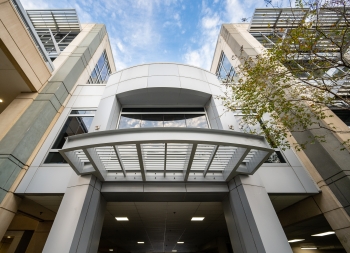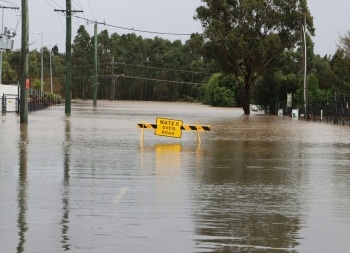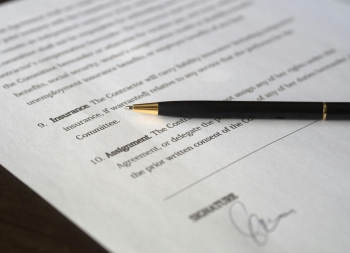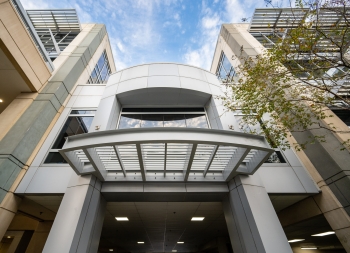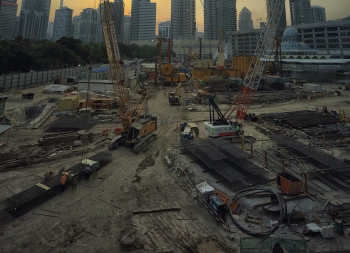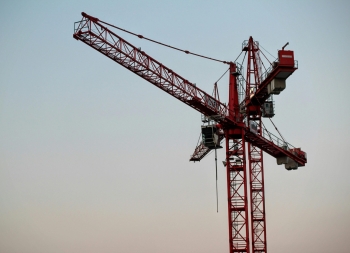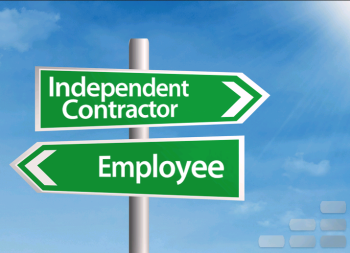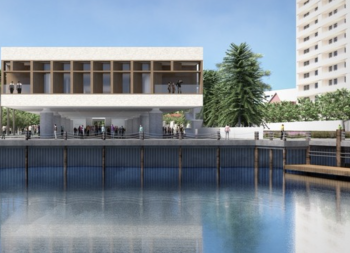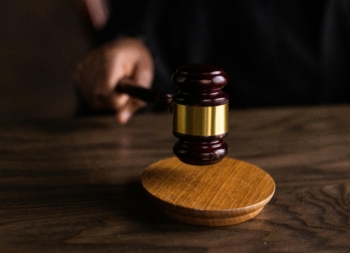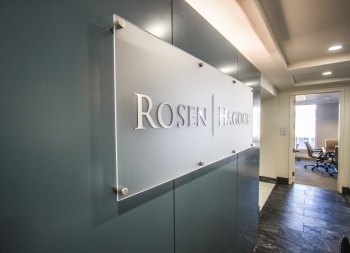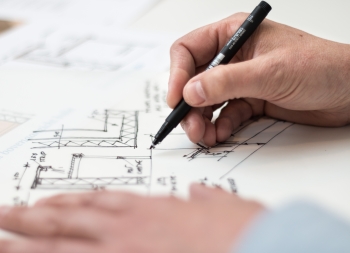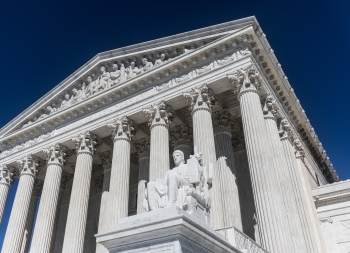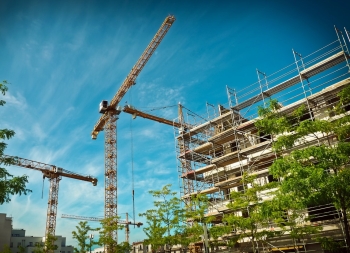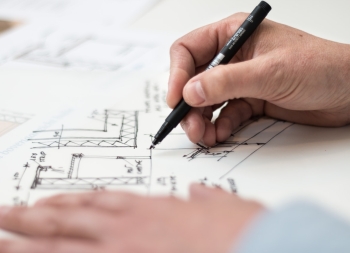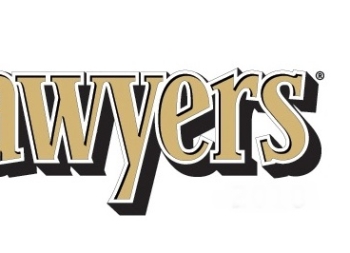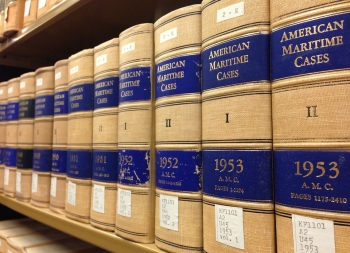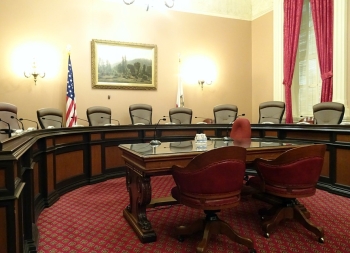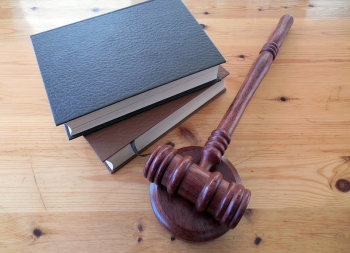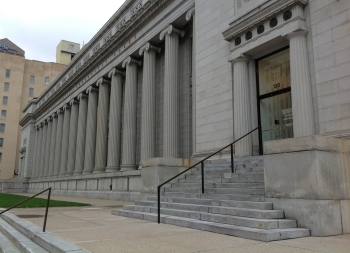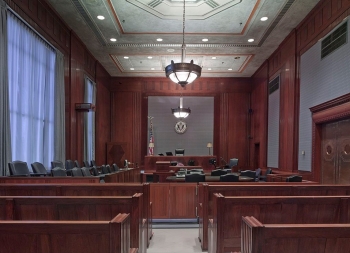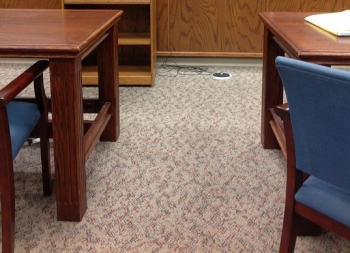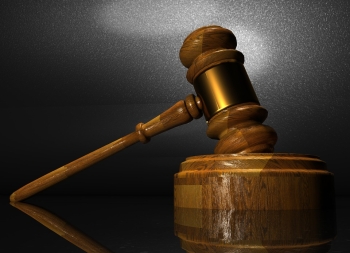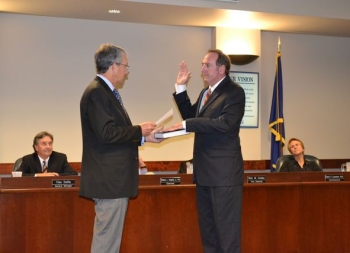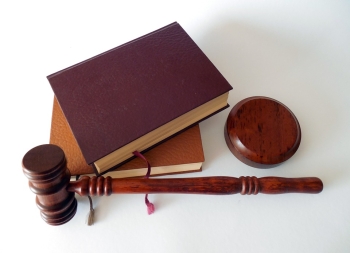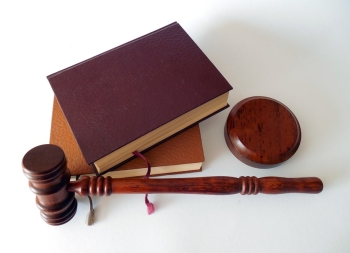Anatomy of a Construction Dispute
In 2022, the average value of a construction dispute in the US was $42.8 million. These disputes typically pertain to defective workmanship, project delays, payment disputes, and other common problems that can become complicated due to the number of parties involved and the investment at stake.
Construction projects are inherently complex, involving the collaboration of numerous parties all working towards a common goal. However, when issues arise, these intricate construction projects can quickly devolve into highly contentious legal battles.
Our experienced construction litigation team understands the nuanced anatomy of construction disputes, and we’re prepared to skillfully guide clients through every phase of these matters.
Common Causes and Triggers of Construction Disputes
While every case is unique, some of the most common disputes in the construction realm include:
- Defective workmanship or materials not conforming to project specifications
- Delays in the construction schedule
- Disagreements over payment responsibilities, amounts owed, or contract terms
- Ambiguities, inconsistencies, or changes in the scope of work
- Unforeseen site conditions like environmental issues or subsurface obstacles
- Errors or omissions in the project’s design plans and architectural or engineering work
All of these can give rise to construction disputes that can be costly and stressful for all parties involved.
The Parties Typically Involved in a Construction Dispute
It’s not uncommon for disputes to involve several parties, each with their own responsibilities and legal interests at stake.
Parties to a construction dispute frequently include:
- Project owners and developers who have invested significant capital
- General contractors hired to oversee and execute the construction work
- Subcontractors across various trades (e.g. electrical, plumbing, HVAC, concrete, and more)
- Architecture and engineering firms responsible for designs and plans
- Construction managers hired by owners to administrate and oversee projects
- Material suppliers and equipment providers supporting the job site
- Insurance carriers and sureties guaranteeing performance and providing bonds
Key Legal Matters and Considerations of Construction Disputes
Some of the most frequent construction disputes that arise are related to poorly drafted contracts, payment claims, and concerns over the quality of work.
Here are a few legal issues that frequently arise in construction disputes:
Breach of Contract
Allegations of breach of contract, whether by owners, contractors, subcontractors, or other parties, are among the most common legal issues in construction disputes. When one side fails to fulfill their contractual duties or violates the agreed-upon terms, a breach of contract claim arises.
Payment Disputes
There are several ways to ensure that all parties to a construction contract are compensated for their work and materials supplied. One of these is a mechanic’s lien, which is a construction lien created by statute to protect contractors, subcontractors, laborers, and suppliers. Additionally, claims against performance bonds or payment bonds that guarantee the contractor’s obligations frequently arise. If a contractor defaults or fails to pay subcontractors and suppliers, affected parties may file bond claims to recover payments owed to them under the guaranteed terms. These bond instruments play a vital role in protecting all stakeholders in the project.
Defective Workmanship
Lawsuits over defective work, faulty materials, or overall construction defects that result in property damage are another type of dispute that frequently leads to construction litigation. When negligence leads to structural issues, water infiltration, or safety hazards in the completed project, legal action often ensues to determine liability and secure compensation for necessary repairs.
Professional Negligence
In addition to contractor issues, allegations of professional negligence by architects, engineers, inspectors, and other design professionals are common sources of disputes. If errors, omissions, or oversight in their services contribute to defects or project delays, those professionals may face claims of breaching their professional duty of care.
Insurance Coverage Disputes
Another common issue is insurance coverage disputes. This frequently involves battles over which liability policies apply and which insurers must provide indemnification for different claims that arise. Resolving these fights over risk transfer often hinges on precise policy interpretation.
Scheduling Delays
Finally, when significant delays occur, calculations of their scheduling impacts lead to demands for liquidated damages. Breach allegations, change order disputes, and dueling delay analyses by the opposing parties can all factor into these high-stakes schedule delay cases.
The Need for Skilled Construction Litigation Counsel
With so many moving parts and potential issues, having an experienced construction litigation team on your side is imperative for resolving these high-stakes disputes. These complex cases require attorneys who possess first-hand experience navigating multi-party conflicts involving various stakeholders. An in-depth understanding of construction laws, relevant contracts, and legal precedents is paramount.
Charleston Construction Lawyers
At Rosen Hagood, our construction attorneys have successfully guided countless clients through construction disputes. We meticulously analyze all aspects of these intricate cases and leverage our seasoned expertise to diligently protect our client’s rights and interests every step of the way.
If your construction project has been derailed by disputes, schedule a consultation with our team to discuss a customized legal strategy. With our guidance, you can effectively navigate these complex matters and position yourself for the best possible outcome. Contact us today.





